International. In a purpose-built pilot production facility in Herzogenaurach, Germany, Schaeffler manufactures the new plates in runs of thousands of units for use by international vehicle manufacturers in prototype and small series production.
The fully automated facility is part of the company's hydrogen center of excellence, a complex that also includes a wide range of test equipment.
The facility has been designed so that it can also be used to manufacture large plates of the type used in electrolyzers. Schaeffler thus ensures both a sustainable movement and a sustainable supply of green hydrogen, the company said.
Schaeffler can also partner with customers to develop customized bipolar plates and components for fuel cell systems.
The company will begin production of bipolar plates under the name Innoplate, a joint venture with Symbio, in Haguenau, France, in early 2024.
Bipolar plates are only the size of an A4 DIN envelope and weigh just 60 grams, but they are core components of fuel cells, Schaeffler said.
They perform a number of vital functions, including providing channels for both the separation and distribution of process gases and refrigerant and for the removal of water resulting from the chemical reaction.
"Schaeffler has developed an innovative design that makes the most of the plate surface," explained Dr. Jochen Schröder, Head of E-Mobility at Schaeffler.
"The finer and more precise the bipolar plate structures, the more efficient the plate will be," he added.
The new Schaeffler plates enable a fuel cell power density of 4.6 kW per liter of fuel cell volume (including end plates and compression hardware).
For vehicle applications, several hundred of these plates are placed on top of each other, each separated by a membrane electrode array (MEA), to form a battery.
The plates account for up to 80 percent of the weight of the battery and up to 65 percent of its volume. Batteries of up to 400 of these cell units have a total power of up to 140 kW, sufficient for light commercial vehicles.


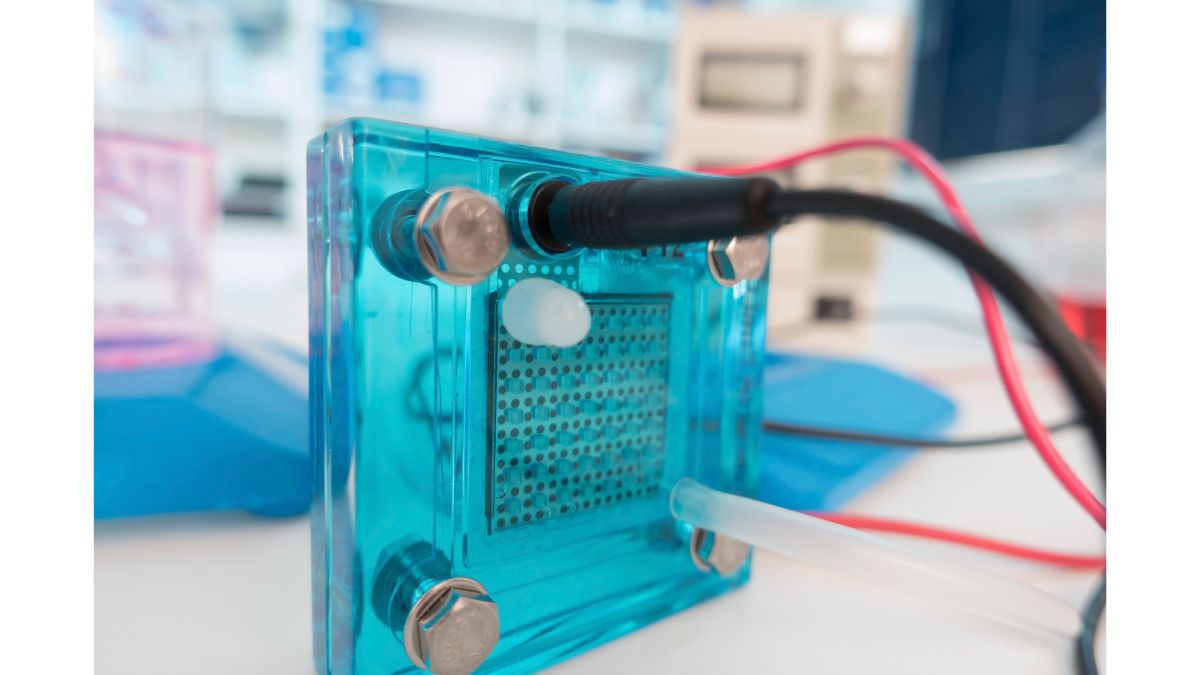

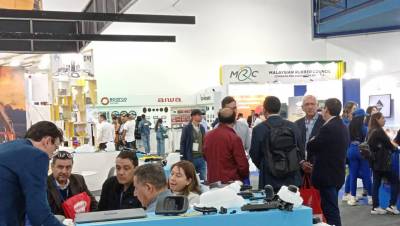
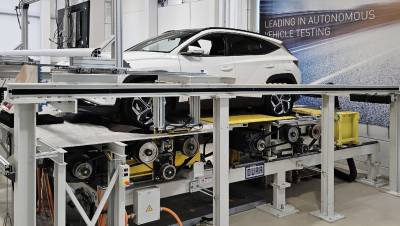

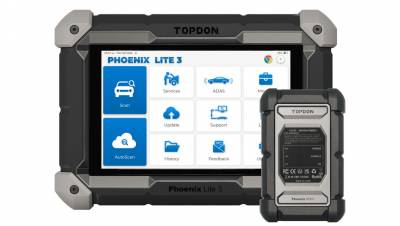







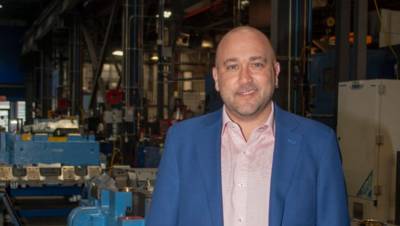
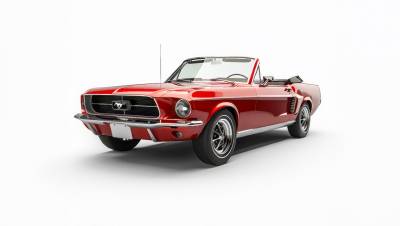
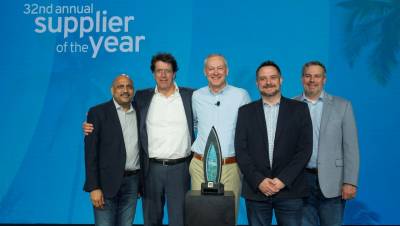


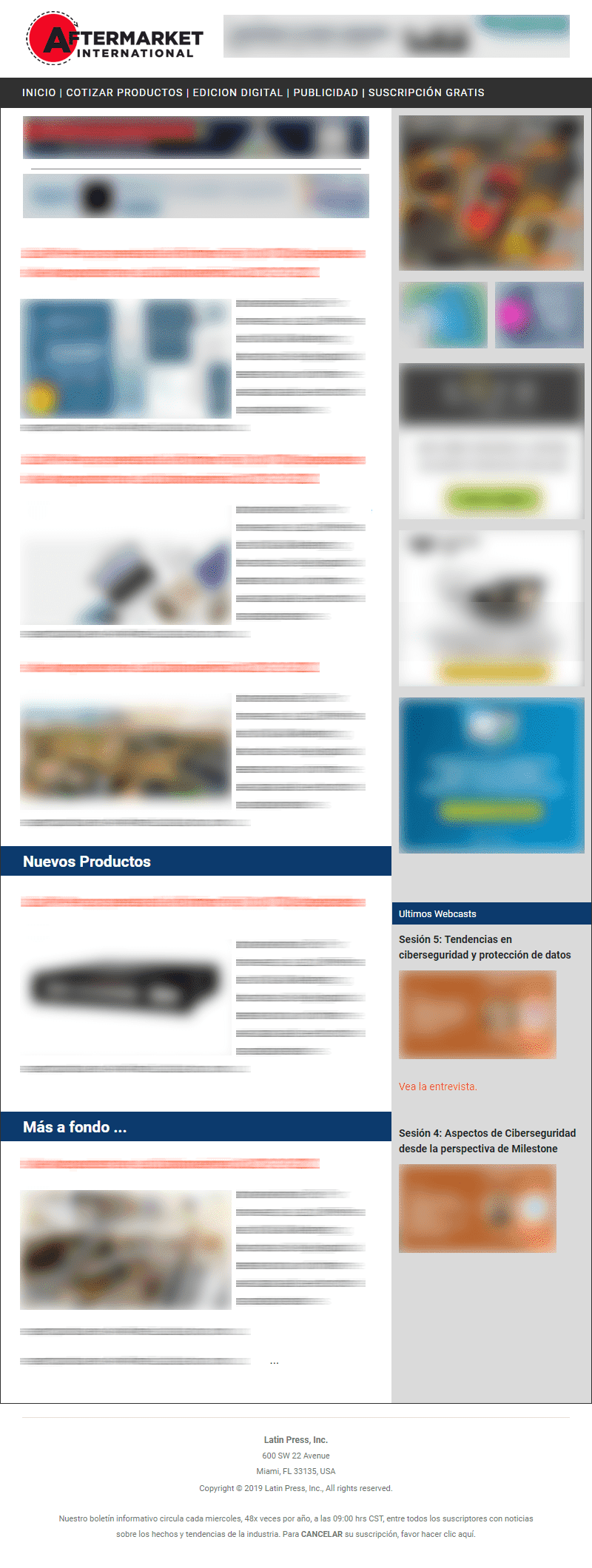
Leave your comment